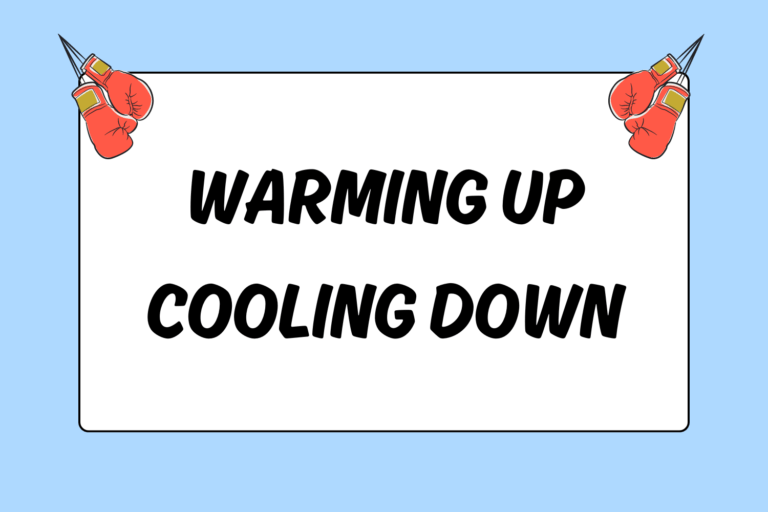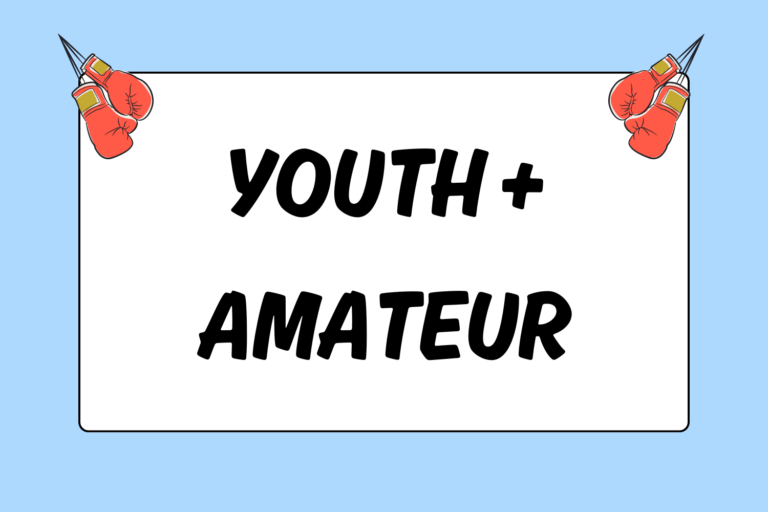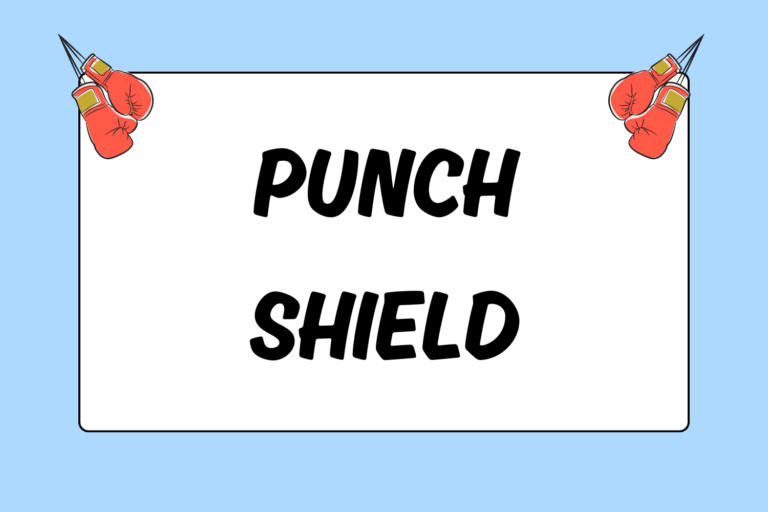It can be easy for new boxers to enter training mesmerized with punching. They’ll want to learn how to throw punches, how to dodge them and how to block them. They will want to know all things about the trait that sets boxing apart from most sports. The bad news for these inexperienced fighters will be that punching is only a part of the game.
Part of learning good boxing is realizing that having a proper stance is extremely important. In reality, there is no such thing as a “perfect” stance. Comfort plays an important role in the way a boxer stands and tends to create small differences in the stance of each boxer. There are necessary actions that need to be taken, though, in order to optimize punch power, movement, and defensive prowess. This guide will help the novice boxer learn the sport’s fundamentals from the ground up. A solid stance lays the groundwork for a solid boxing arsenal.
The Feet, Legs, & Hips
A basic boxing stance begins with the boxer facing forward with his feet shoulder-width apart. Most orthodox boxers (right-handed boxers) place their left foot in front of their right foot. Most southpaws (left-handed boxers) proceed with their right foot in front of the left foot. The feet should be parallel to each another and point at a 45-degree angle toward the target. A boxer in an optimized stance places one foot on each side of an imaginary line drawn from the center of his body to the target.
The next step to forming a stance of optimal punch power and mobility requires the boxer to lift his heels off the ground in order to be on the balls of the feet. This step plays an important role in enabling a boxer to pivot to either side. Pivoting enables a fighter to attack openings on the opponent and avoid incoming punches.
When a boxer stays on the balls of his feet he is able to throw punches quickly and with more power. The power is generated by slightly pivoting or by pushing off of one foot while using leverage from the legs and the hips. Also remember that balance is key. A boxer should not be caught off-balance if pushed from any direction.
Weight Distribution
One slight difference among boxers can be attributed to weight distribution in a relaxed stance. Weight distribution refers to a boxer’s distribution of body weight on his front leg and back leg. Some fighters prefer to lean back with more weight distributed to the back leg. This stance entails more of a natural defensive aspect, since the upper body is more out of range of the opponent. A boxer in this stance relies more on straight punches and counterpunches. Other fighters prefer to crouch forward a bit with their weight favoring the front leg. This stance relies on extensive head movement for defense, since the boxer’s head is in range of the opponent. In most cases, the boxer is able to throw a variety of close-range punches from this stance.
Although there are variations in weight distribution, most boxers have equal distribution between their legs and slightly favor their back leg. Whether a boxer chooses to have his weight evenly distributed or prefers to have more weight on a particular leg in a relaxed stance, the distribution when effectively throwing most punches is universal. A fighter may start out favoring a leg. However, that fighter must change his weight distribution throughout the fight as he bobs and weaves and positions himself to throw punches with the greatest possible power.
Hot Tip: Be Comfortable
Many boxers struggle trying to determine which stance is better for them — orthodox or southpaw. The answer comes with comfort. A boxer should go with the stance that allows for the most fluid mobility, not the stance deemed “correct” for their dominant hand. There are a fair number of professionals who box with their dominant hand in front. Champion Manny Pacquiao, for example, writes with his right hand, but boxes in a southpaw stance.
The best advice for a new boxer is to try both stances to determine movement ability. The boxer should throw punches in each stance. If both feel comfortable then the fighter may be in the small class of fighters that can switch stances successfully. Beginning boxers should concentrate on one stance, though, before venturing out to practice the other.
Moving up the Body
The knees should also be slightly bent. The torso should be turned slightly inward to prevent shots from landing directly to the abdominal area and solar plexus. The lead shoulder also turns inward with the torso. The chin should be tucked to the lead shoulder to prevent a fighter from taking punches cleanly to the head. A well-tucked chin often prevents knockouts from occurring.
The Arms and Hands
Another variation in stance stems from the placement of a boxer’s arms and hands. The most typical placement of the right hand for orthodox boxers is directly next to the right cheek. This will block hooks from landing on the side of the head. The right hand can also catch punches coming toward the center of the face, so a boxer must be ready to shift the right hand toward that area.
The left hand for orthodox boxers usually falls next to the left cheek or a few inches in front of the left side of the face. The choice of hand placement varies among boxers of different styles. It all depends upon the distance between a boxer and his opponent at a particular moment in the fight. When a boxer finds himself out of punching range from his opponent, it is acceptable for him to drop his hands to a lower position or keep his lead hand farther in front of his face. When that same boxer finds himself within close range to the opponent, though, he should keep his hands tight to his head and his elbows tight to his body. Southpaws should do the exact same but with opposite hands.
As stated above, hand placement varies among boxers of different styles. Some boxers keep the lead hand down by the waist with the other hand tight to the side of the face. This hand placement allows for clearer vision at times, and relies heavily on effective head movement. Fighters in this stance must be extremely careful not to take a power punch to the head, since the unguarded head leaves them much more susceptible to head shots. Most boxers keep both hands close to the face, though. This protects the head and enables incoming shots to be blocked by the hands.
Comfort
A number of variations exist in regards to the boxing stance, but details like foot placement and tucking the chin are recommended to all boxers. A boxer should feel comfortable moving in all directions and pivoting in his stance. He should also be comfortable throwing punches with optimal power and speed while always feeling balanced and in control of his body. When in doubt, a boxer must keep his hands up for protection and stay on the balls of his feet to increase mobility.





